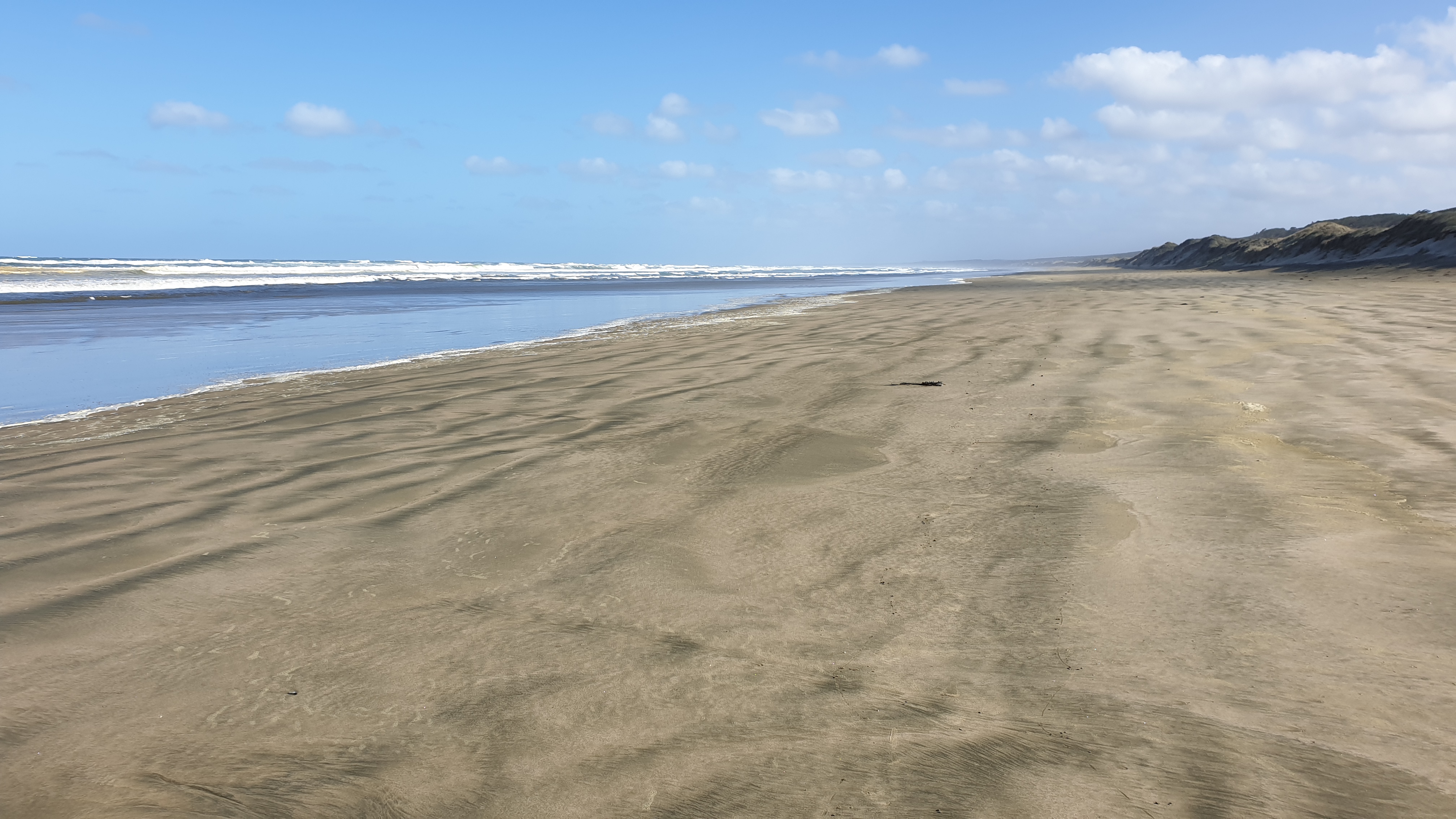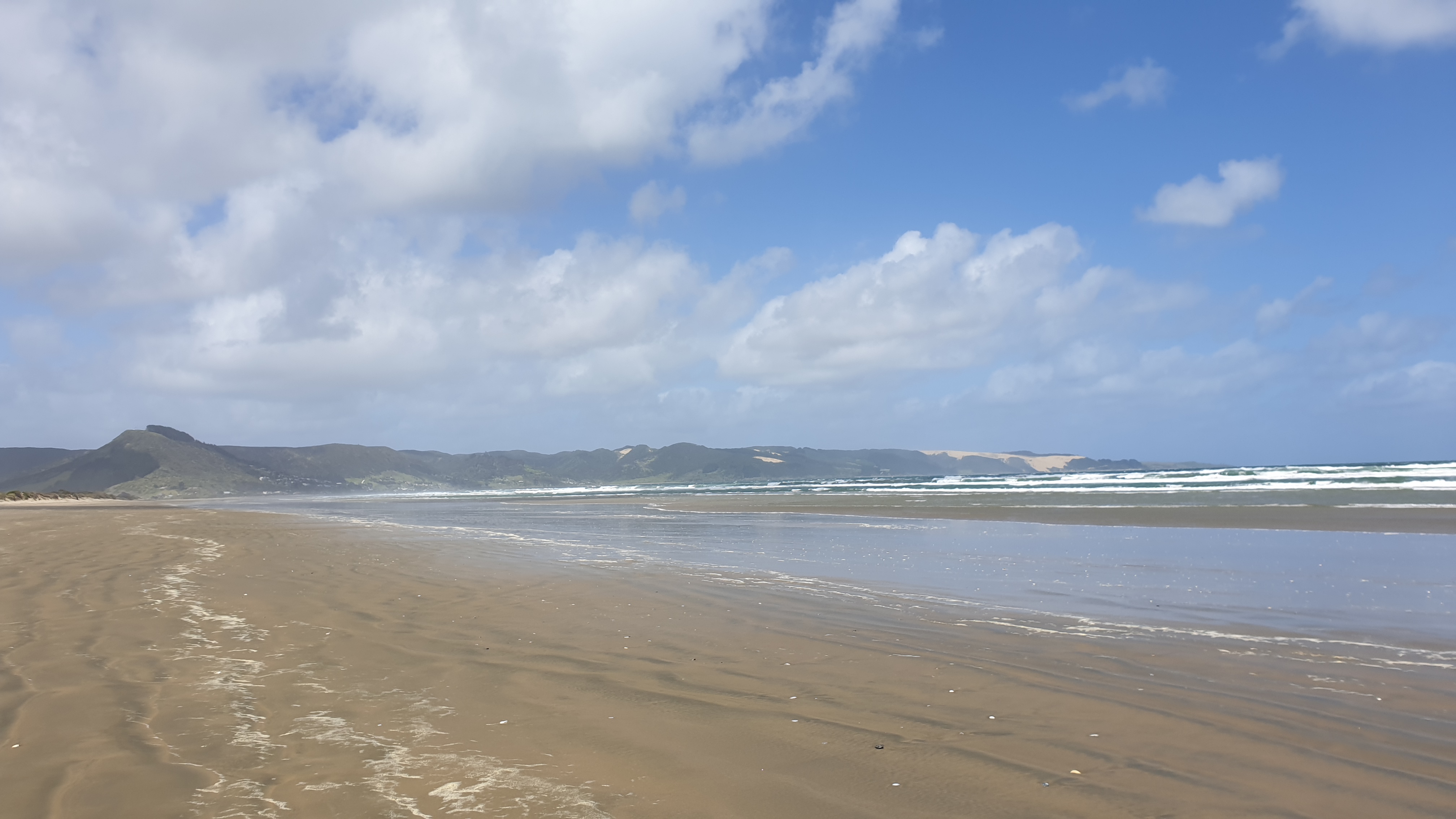Day 0
Date 19 Oct 2019
Bus trip from Auckland to Kaitaia, then a pick up and drop off at Utea Park.Meet Sabine and Lucas, who have been on the bus all along.Had double beds, kitchen and even salad from Pak n Save. Could leave some stuff behind.
Day 1
Km 12.7
Carrying approx 15kg. Thinking how I shouldn’t be carrying heavy food like salami, cheese and peanut butter.
After waking at 3am and not being able to sleep again I was a bit tired.Drop off and 8am, at the lighthouse just after 9.
Take compulsory photos and walked to the start of the trail.Trail makes it’s way to Te Wahiri Beach. We crossed the rocky outcrop at low tide. Walked the beach then crossed Te Paki Stream . Lots of climbing up dunes next as we headed up to a nice view of Cape Maria van Diemen.
Good views of the peach dunes from behind and head towards our last beach.The start of Twilight beach has a visitor, a NZ fur seal . At first I think its dead, but it raised its head to check around and lay back down.
Our campsite at Twilight Beach is at the very end of the beach and a few staircases up.It has a shelter, running water and toilets. We get here after 4 hours.Watch the sunset, while a beautifully sunny day draws to a close .
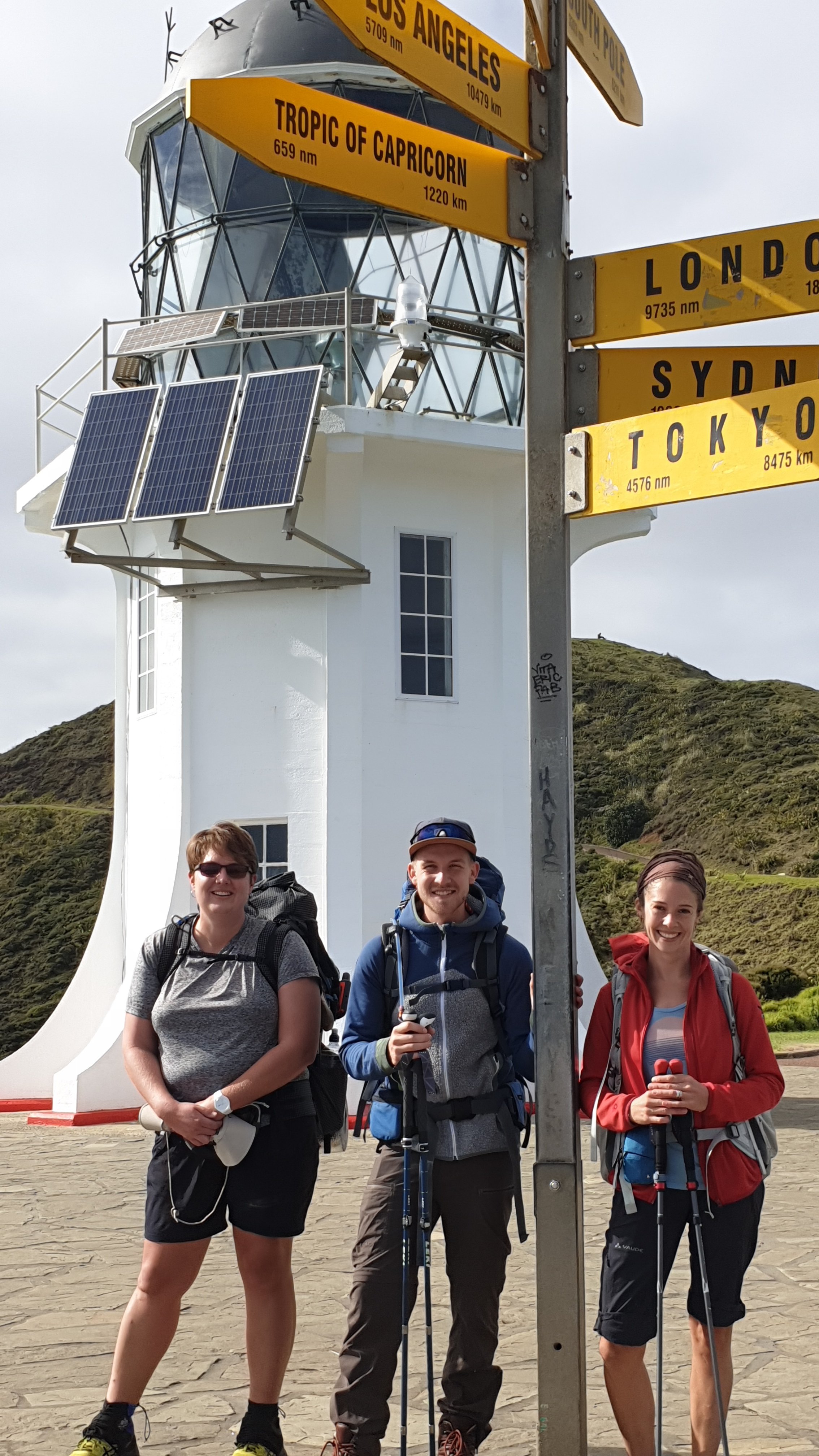
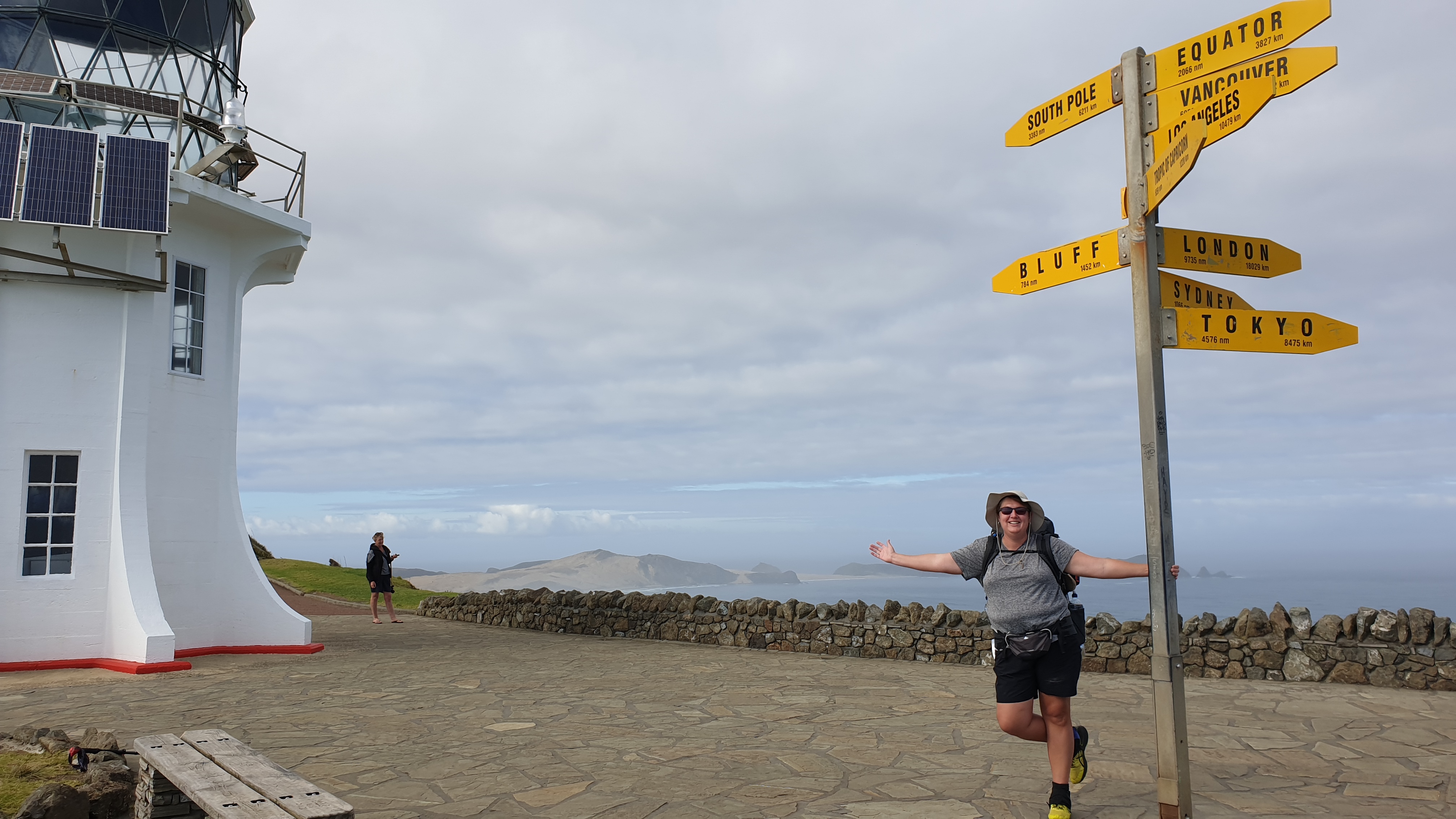
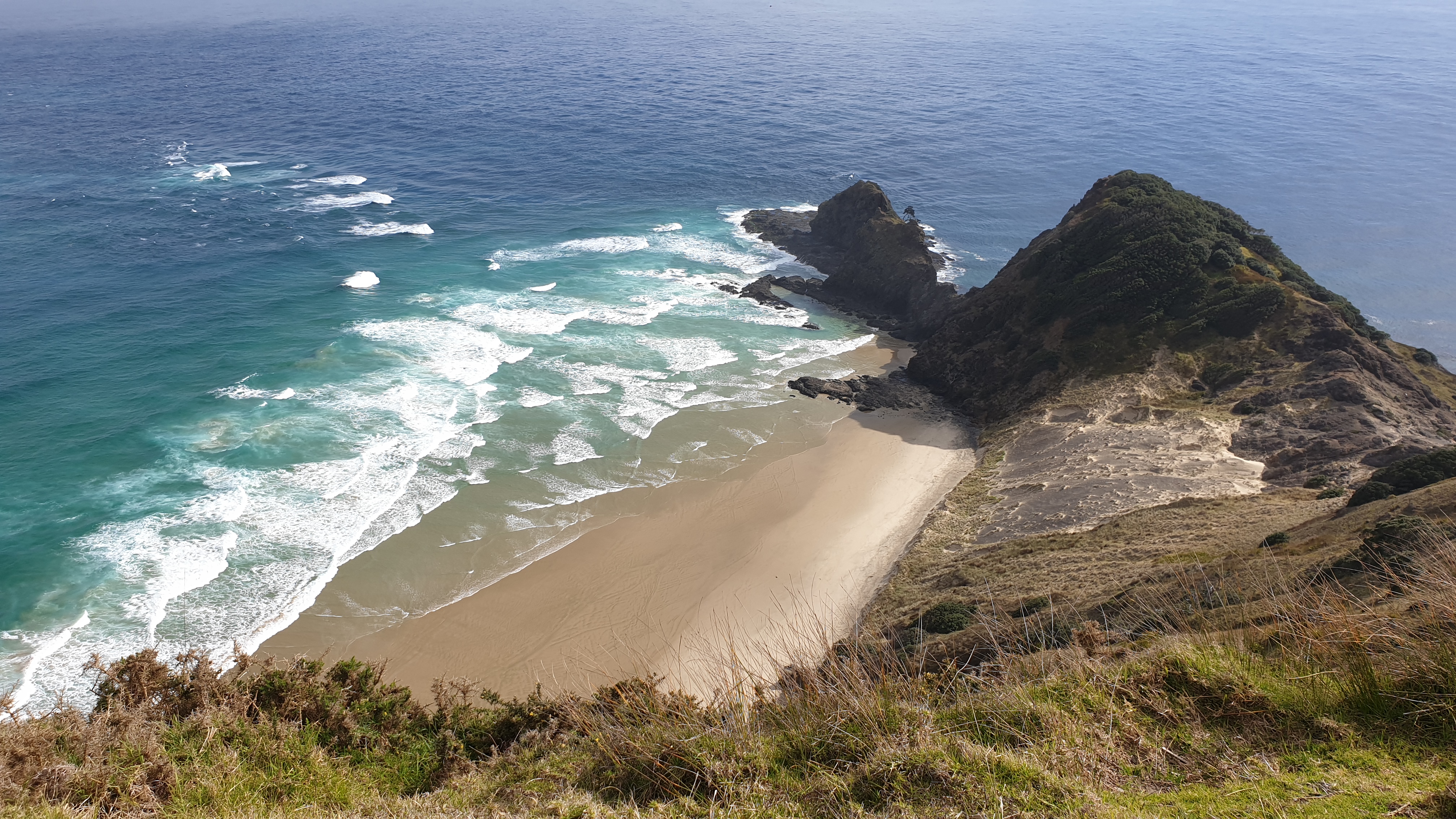
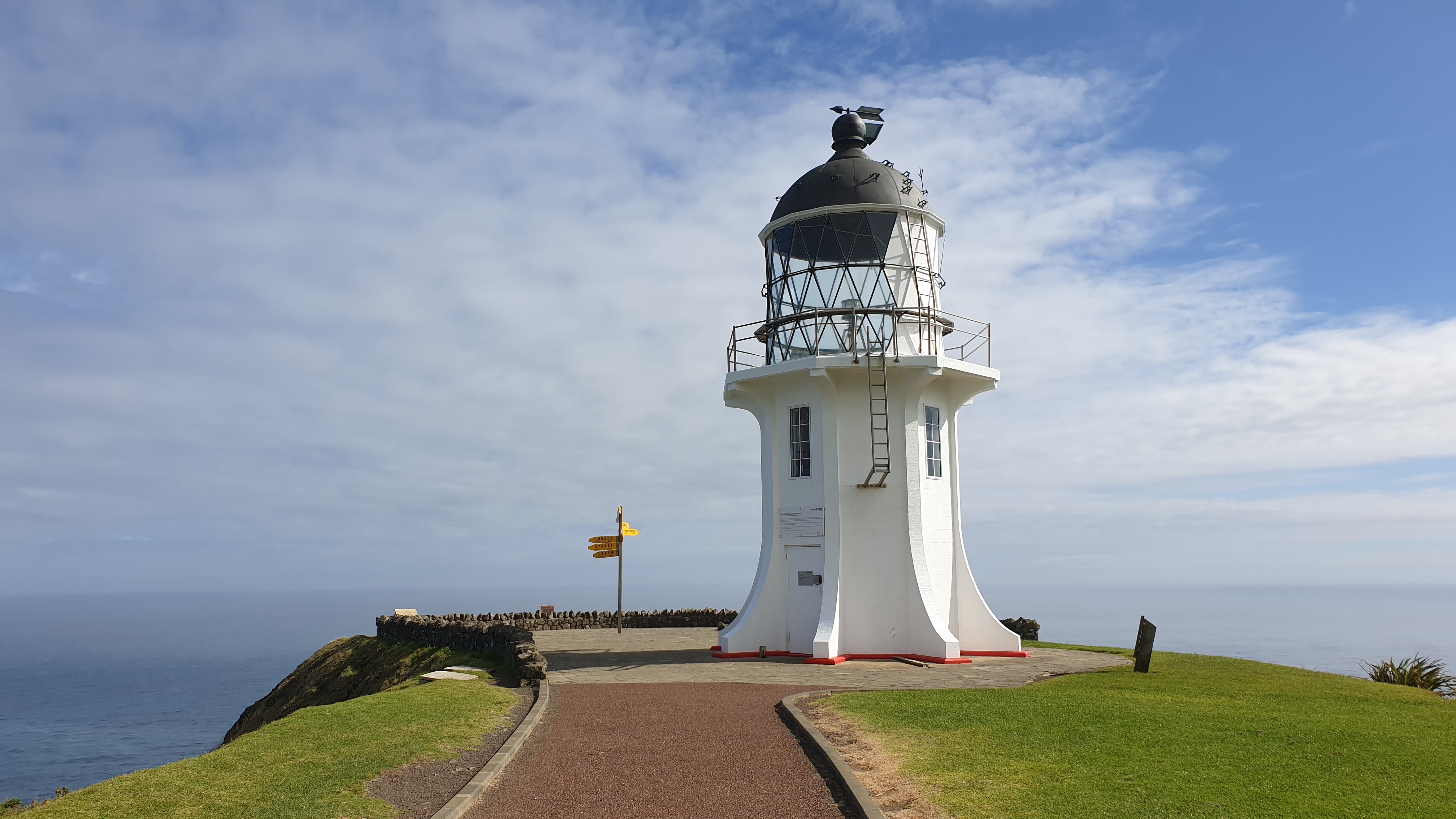
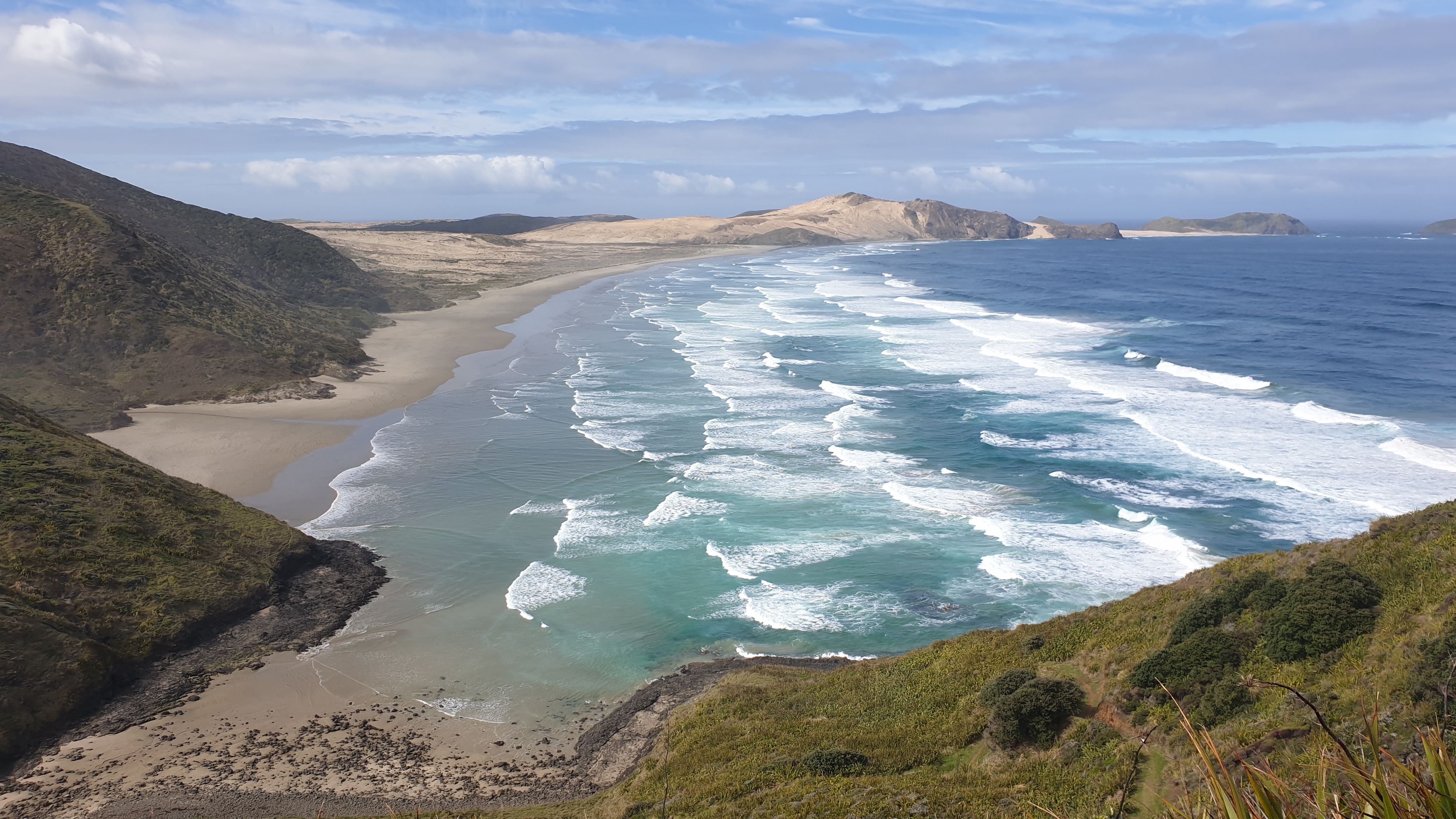
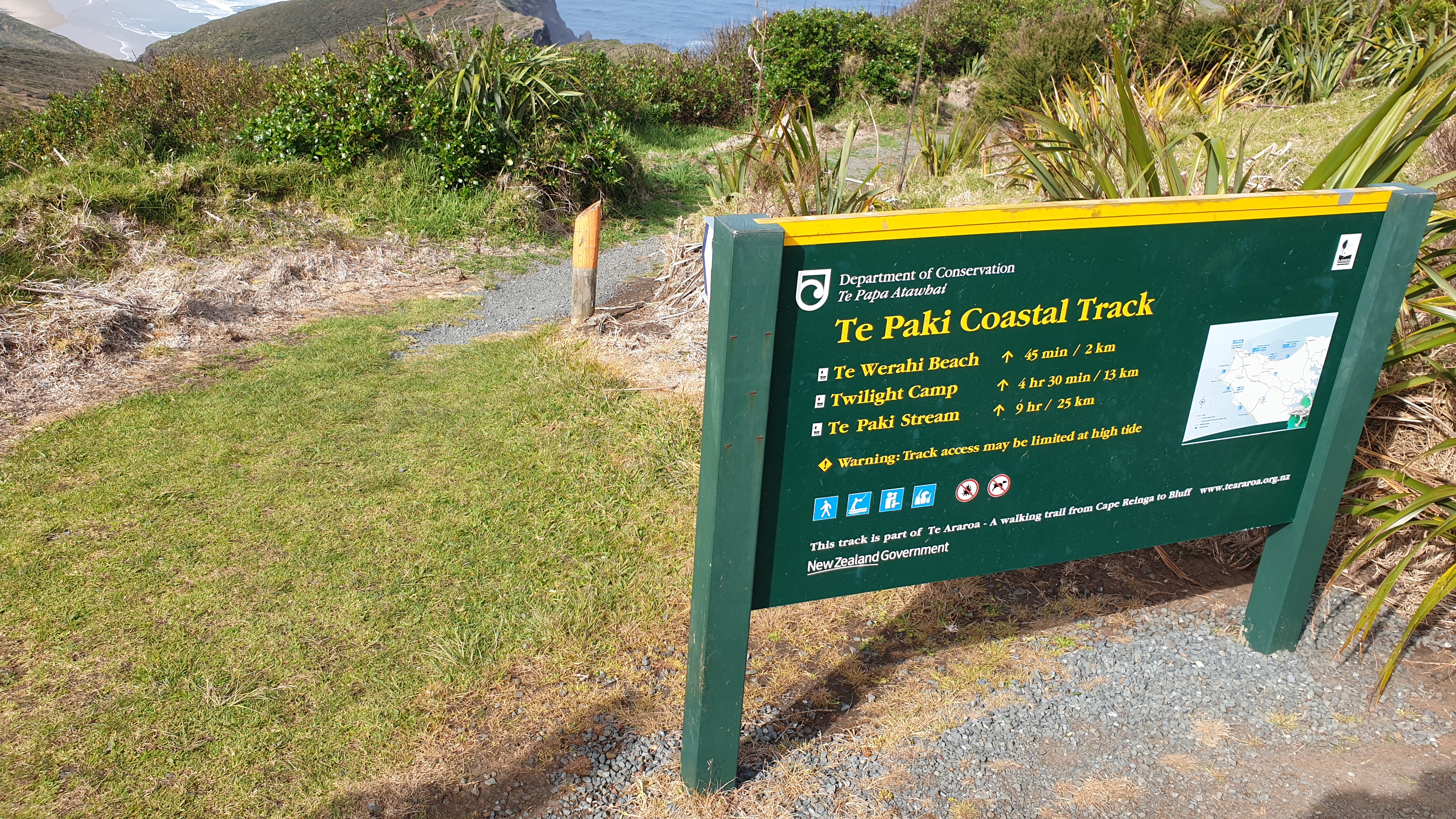
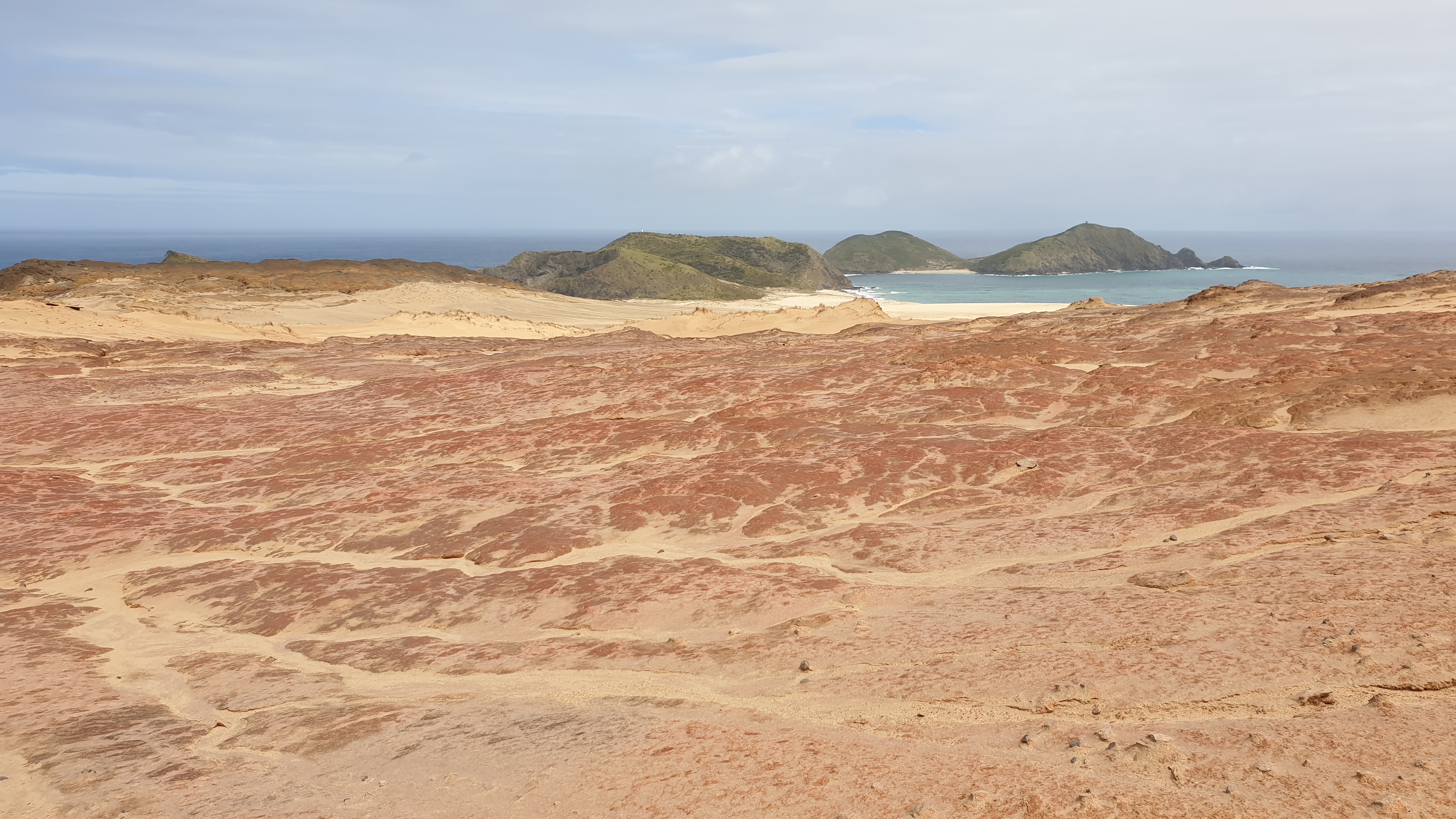
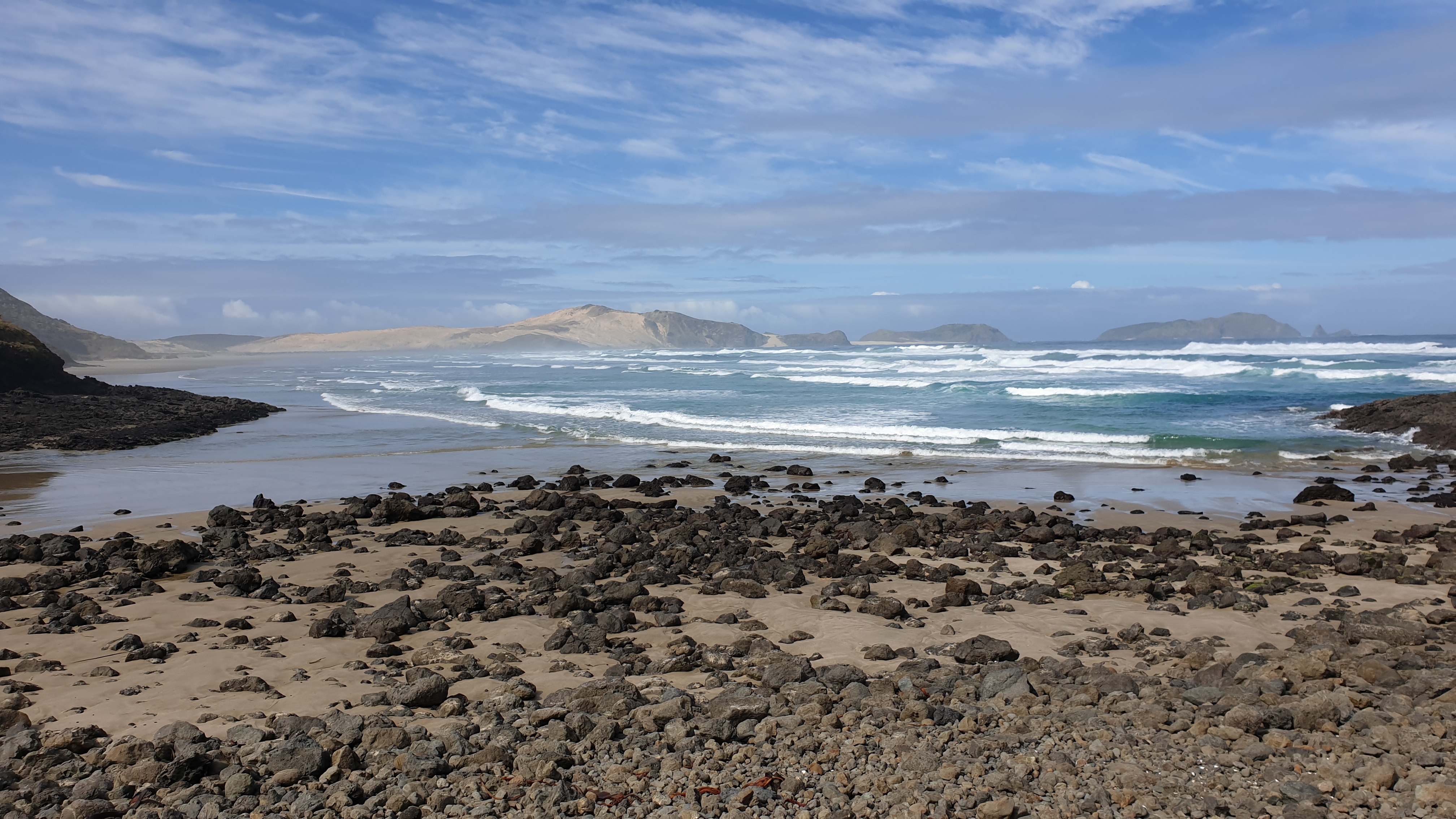
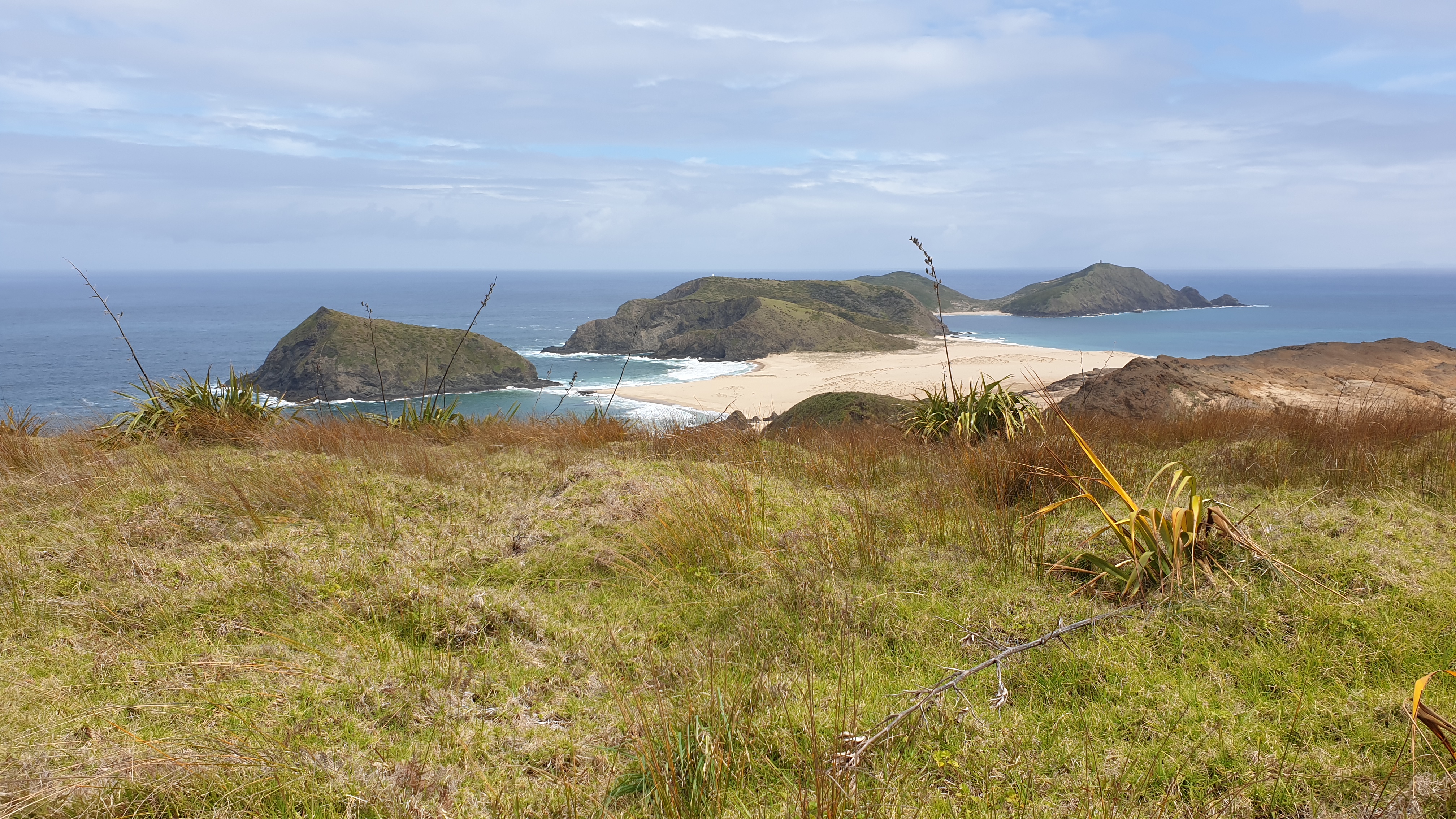
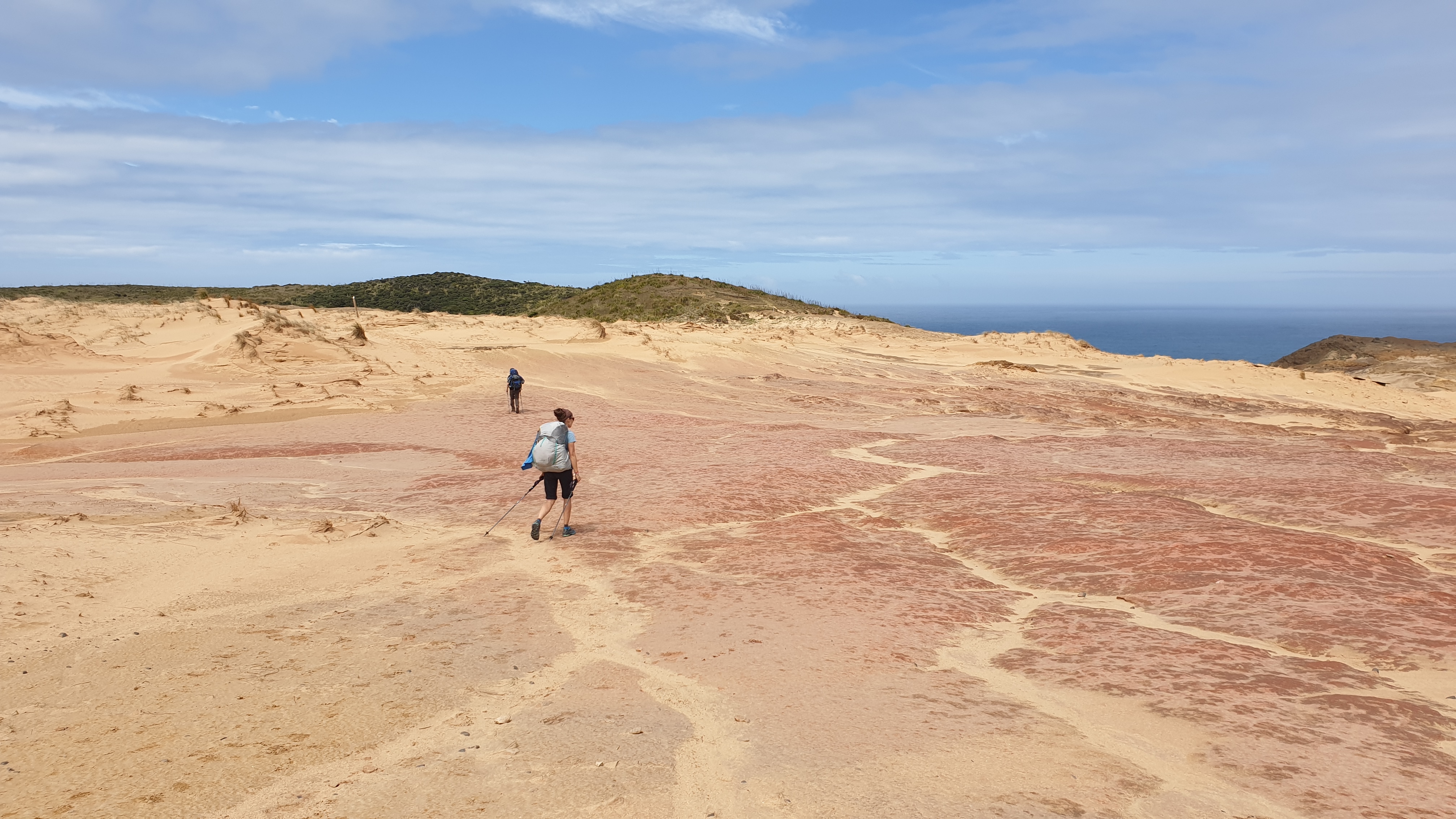
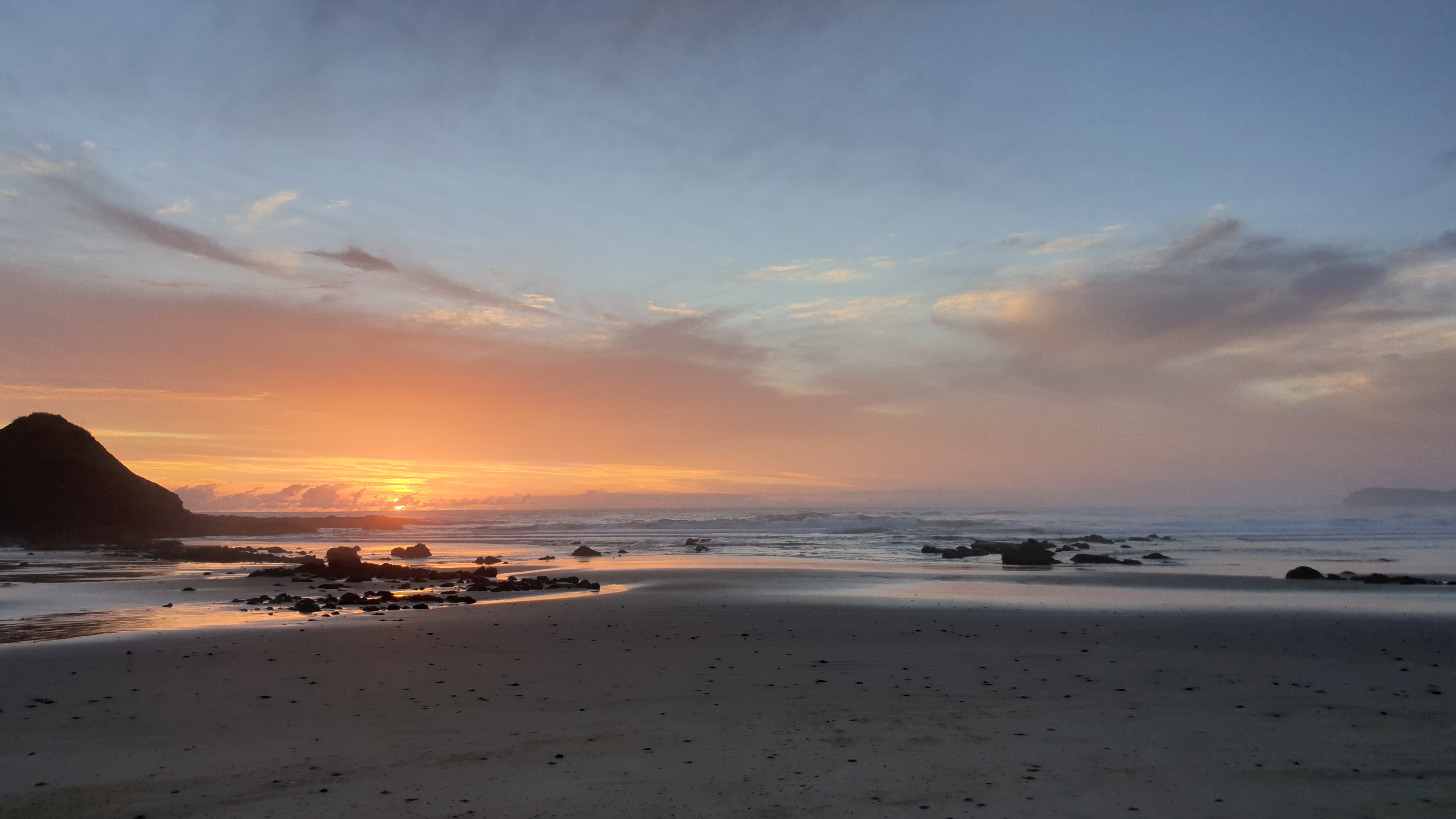
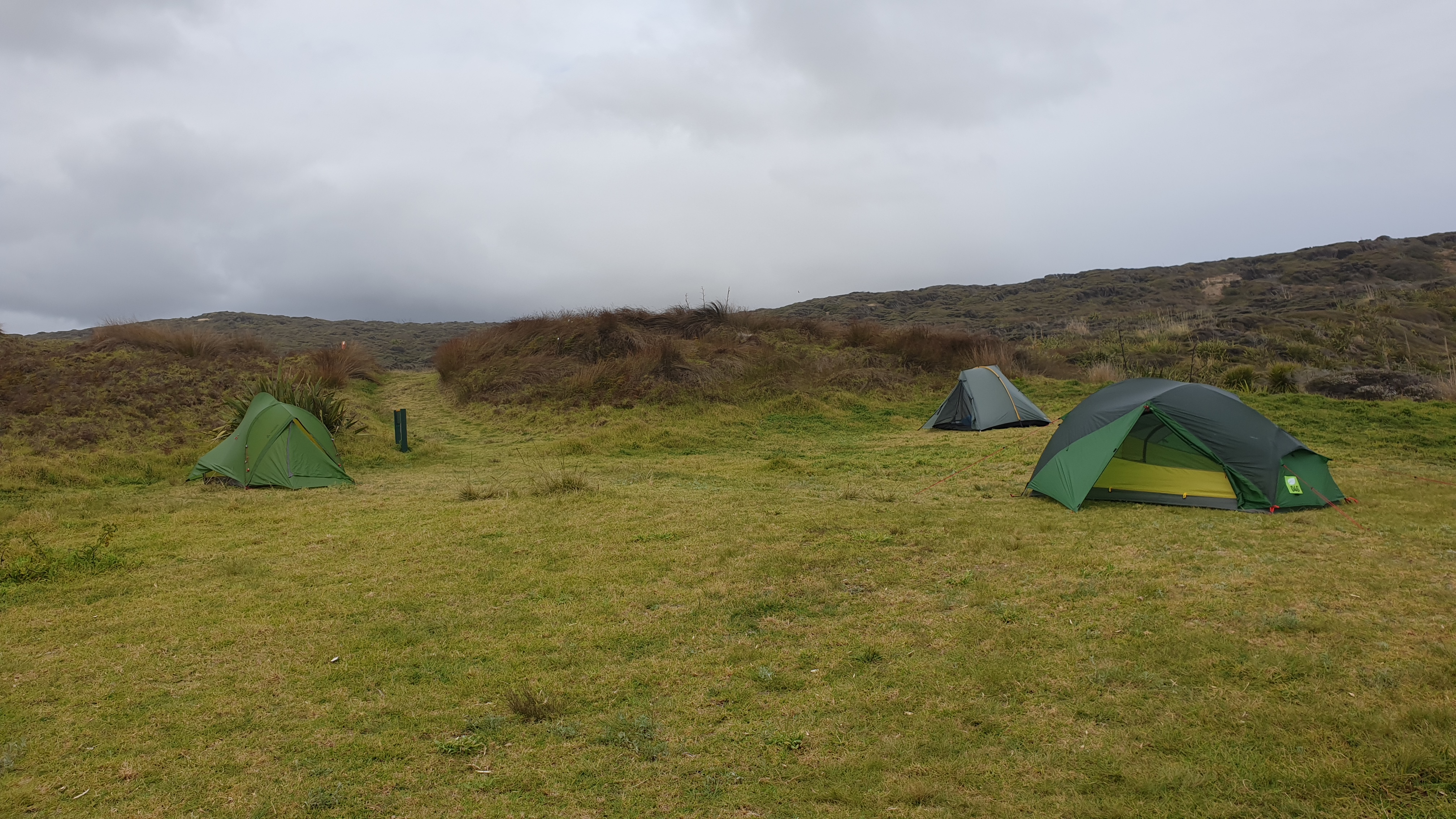
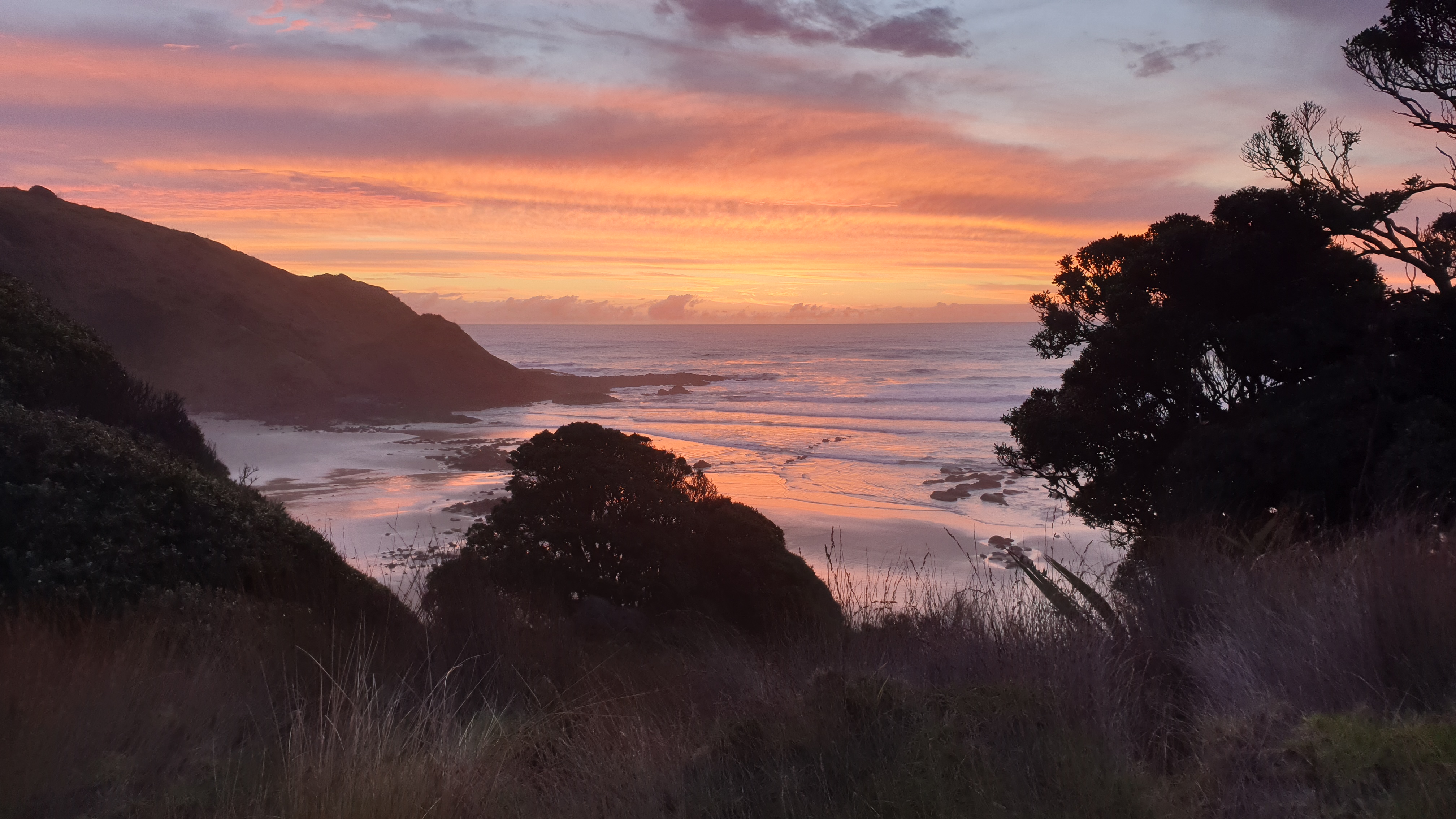
Day 2
Km 28
Cumulative km 40.7
Leaving Twilight beach camp at 07h30 we head up a 4WD track , through low kanuka forest and get a view of where we came from and where we will spend the next few days- 90 Mile Beach.
There are multiple sets of steep stairs to get down to the beach, we look back at our first few steps on what is going to be a suuuupppper long walk on the beach.
Kilometres of when I had enough beach…2…kilometres to go … about 83!!After I stopped to have tuna for lunch and slowed right down as everything hurt… including shoulders from the bag I noted 2 figures in the dunes- it was my hiking buddies who were chilling. I rested for 10min with them and then we headed back on the trail. As high tide was coming in we had to stick to the much less compacted sand alongside the dunes. This made the last 2 hours real tough on my aching Achilles and feet. We got out of one waves’ way just in time with 30cm of space by sheer luck.
After 8 hours of walking, I got to out campsite- Maunganui Bluff. Lucas and Sabine got there about 30min before. Was greeted by a herd of wild horses.Was also delighted that there were cold showers here. Good for muscles and dirty body.
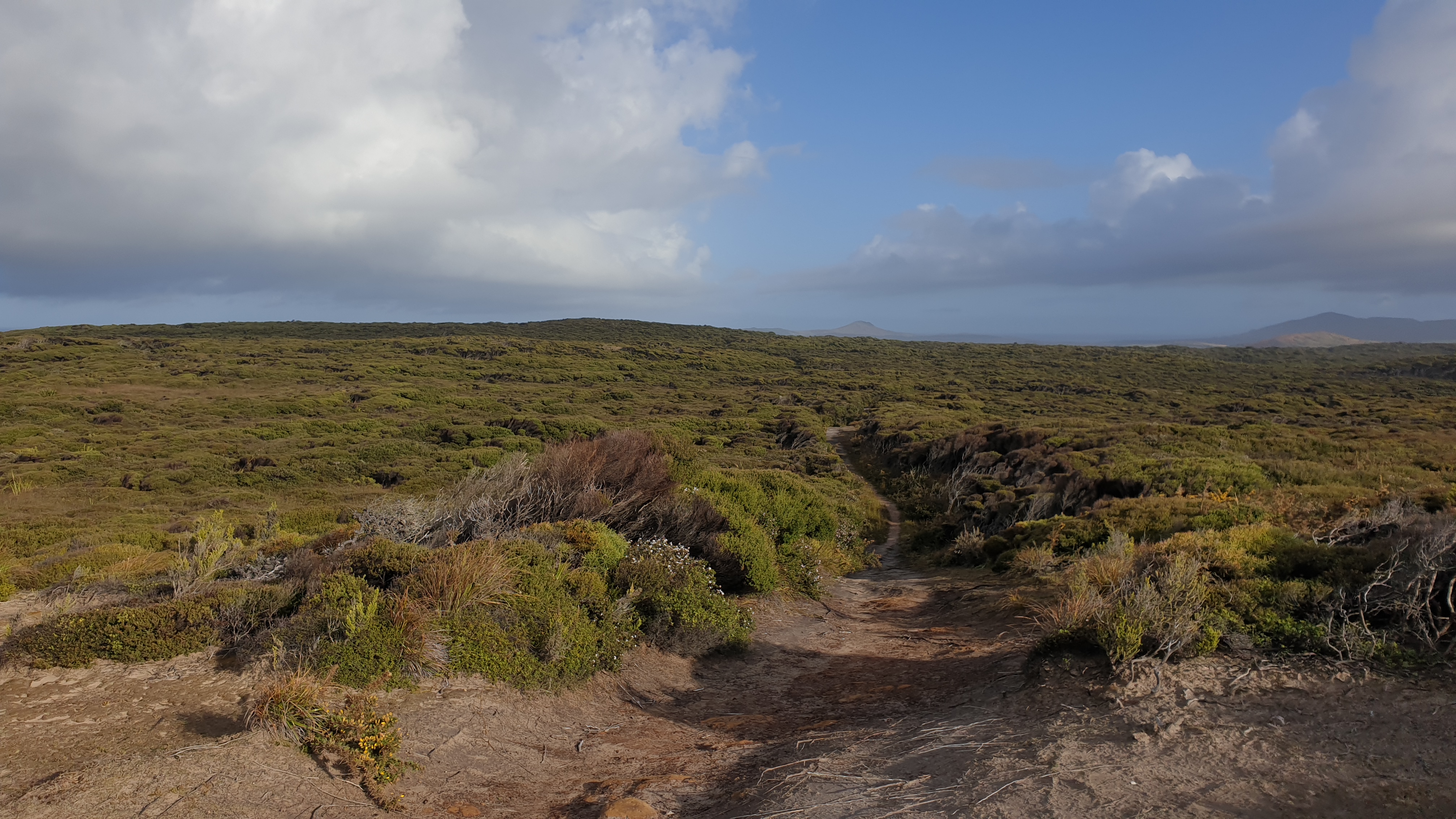
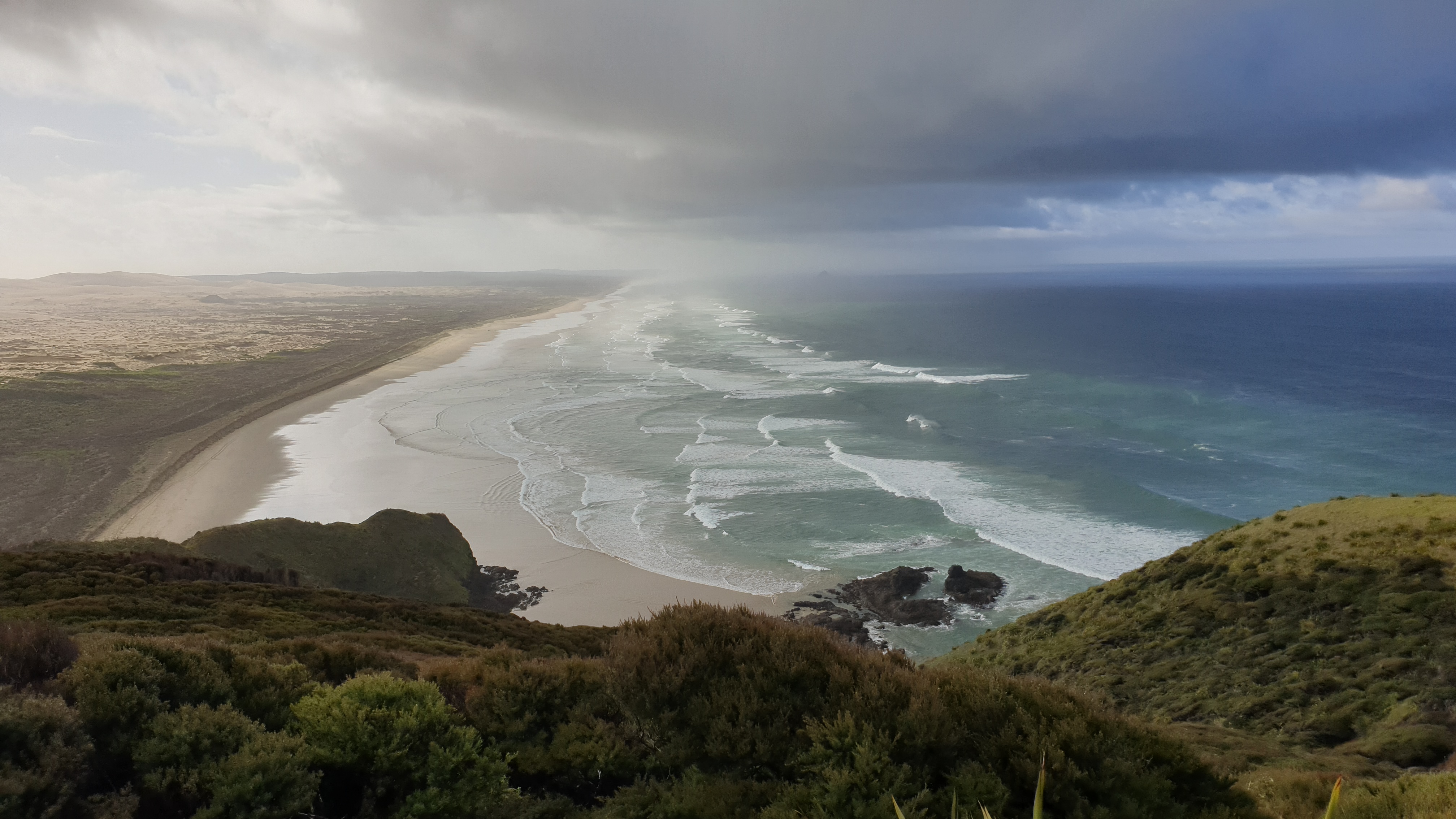
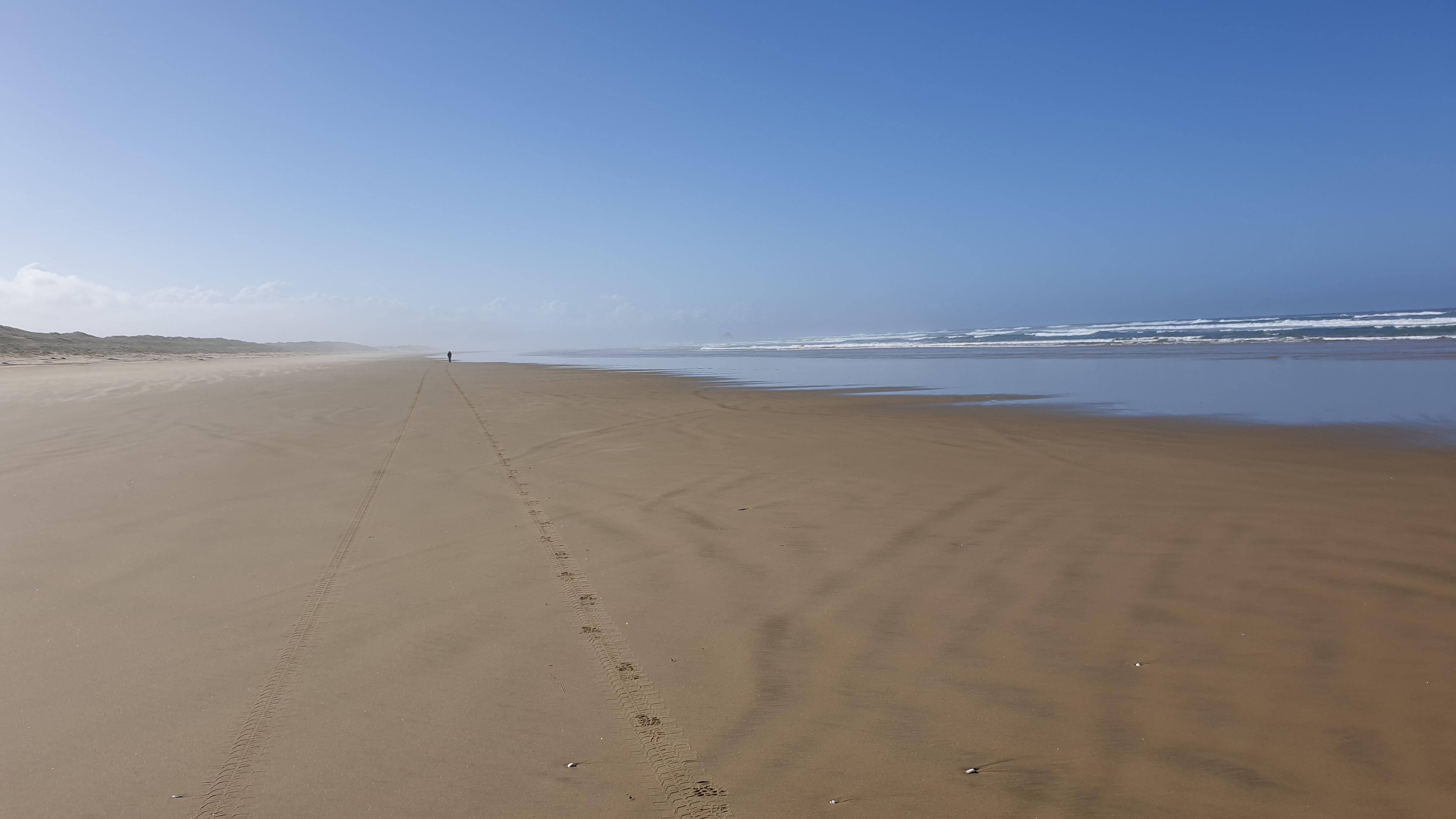
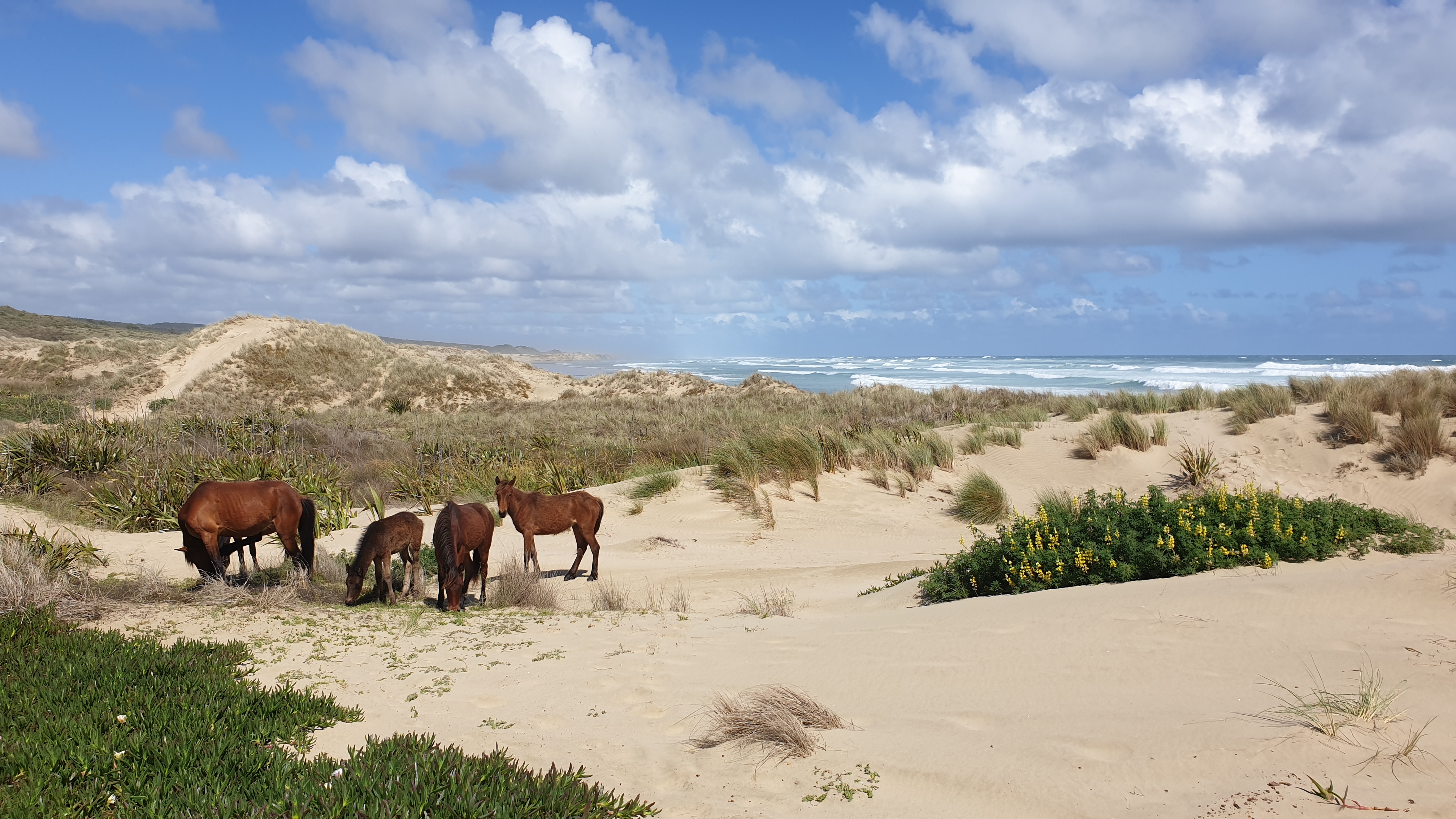
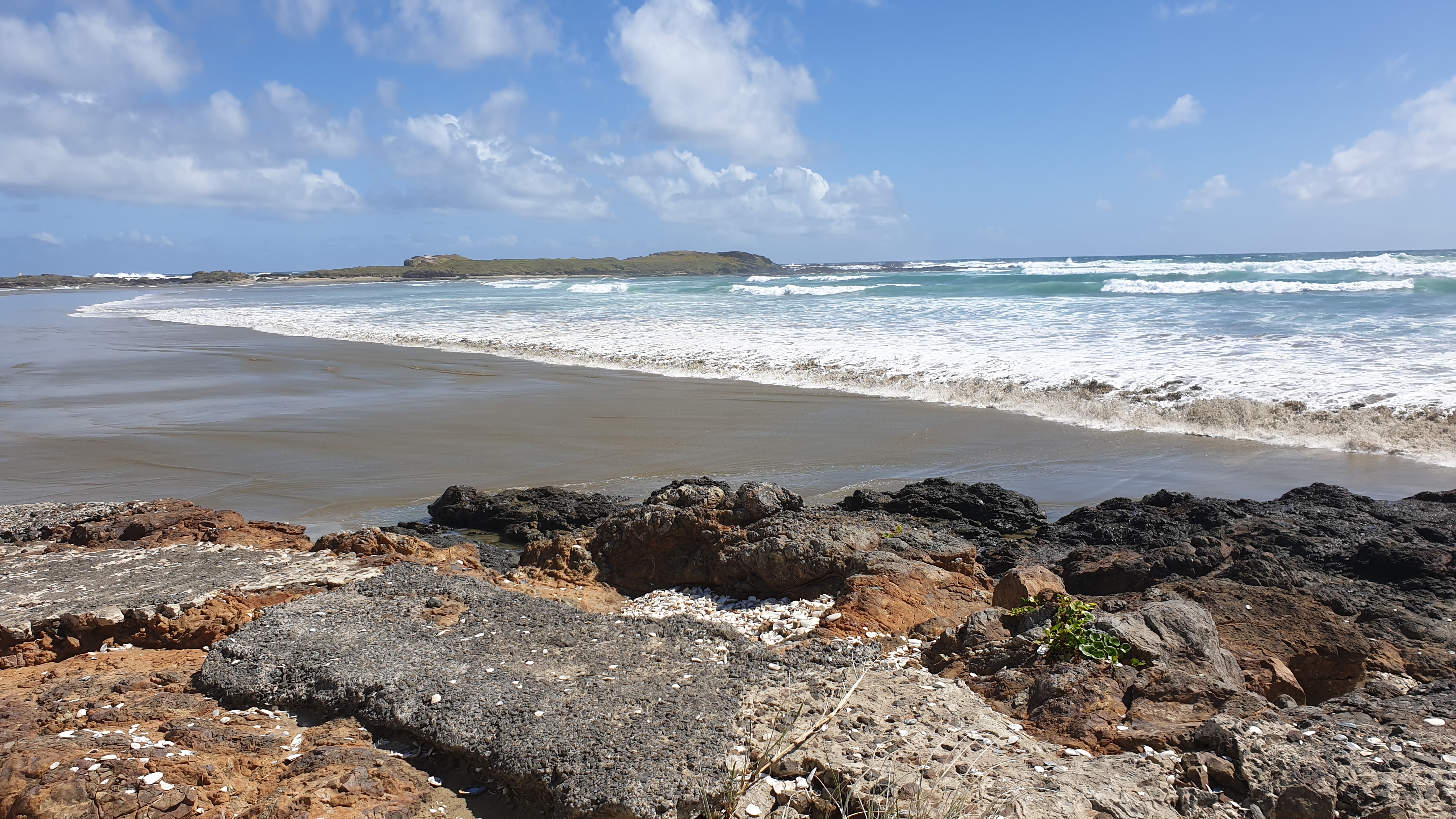
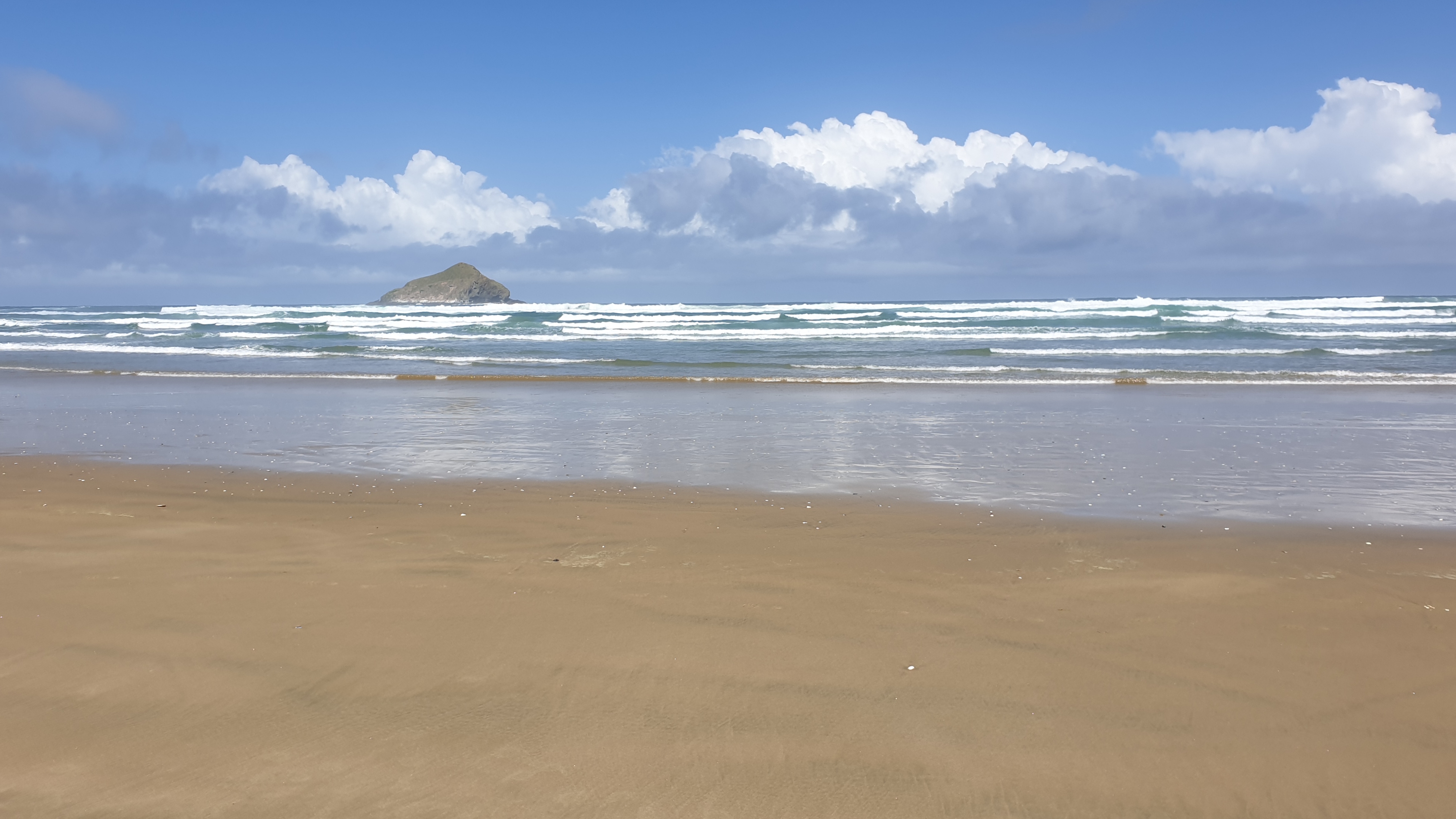
Day 3
Km 30
Cumulative km 70.7
This day was grueling…just the sheer boredom of kilometres of beach, crashing waves and my Achilles starting to burn. I also start to feel most of the bones in my feet, they are taking a beating.The only thing that keeps me going is knowing that today we will be back at Utea Park…in a bed with kitchen and bathrooms at our disposal.
I am beat when I arrive at the campsite. Tent has to come out anyway, like the day before to dry from a really short shower that morning. I strip my shoes off and waddle to the shower. I opt for a cold one for the muscles once more.
I was so blessed though, as there were other travellers there who also came in vans and note my sore feet and muscles. One offered my some arnica tablets, while a lovely young lady from Germnay, Josephine, said that she will give me a reflexology foot massage and sound therapy. I was taken aback by this offer, but quickly accepted. She went to her car to get her equipment. I dont really know what the wand is called, but she hit it against her knee, causing it to vibrate and emit a sound. She then placed it on each of my toes and it sent sound waves through my bones. So it was a massage to knead out the pain and then this sound therapy.I asked how I can repay her, she said that the biscuit I offered her earlier that afternoon was all she needed 🤩.
Day 4
Km 17
Cumulative km 87.7
At 3am or so this morning the weather changed drastically with strong wind and rain that battered the windows… how happy I was to be inside!
Today was a little sad as I said goodbye to my first hiking buddies. They are much quicker and fitter than me and were planning to do the 31km to Ahipara in one day, while I knew that I wouldn’t be doing myself any favours doing another ripper like this.
I took my time packing and having breakfast and left at about 08h30, just after another bit of rain came through.The first few hours were slow with a strong headwind. However, this would be easy with what came next…Driving horizontal rain, and it was cold, then I realised it was small hail, maybe 2-3mm across. I had just got my rain jacket on in time but got a bit wet.
The muscles actually appreciated the cold, wet and cooling effect of the strong wind.I was drying off , when, some 30min later another stronger episode arrived. This time I couldn’t walk with getting very pummeled and thus just stood with my back to it.Again, not a long event- luckily!
Day 5
Km 14
Cumulative km 101
After camping wild the night before I was happy to be doing the last stretch of beach.The weather was decent without any drizzle but ever strengthening headwind. I left Waipapakauri at 08h30 and arrived at the YHA just before midday.
Got a dorm bed and sorted out the gear with a bit of de-sanding !
My toes seem to be squashed in my shoes and are bruised, thus sore. Feet are swollen like a pregnant woman with sausages for toes.
I did make it off the beach with 1 blister on right, small toe.
Achilles has been hurting after about 10km daily.I endeavour to stretch and massage the aches.I do feel much better after splitting the 31km section into two- 17 and 14km.
